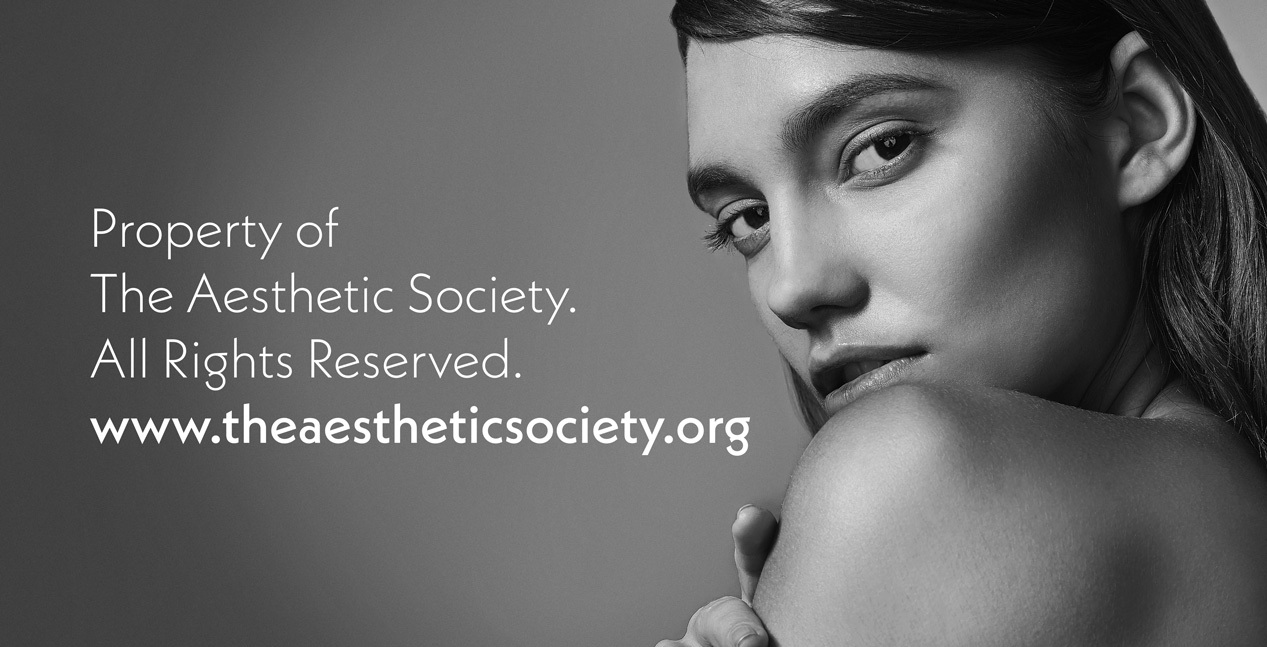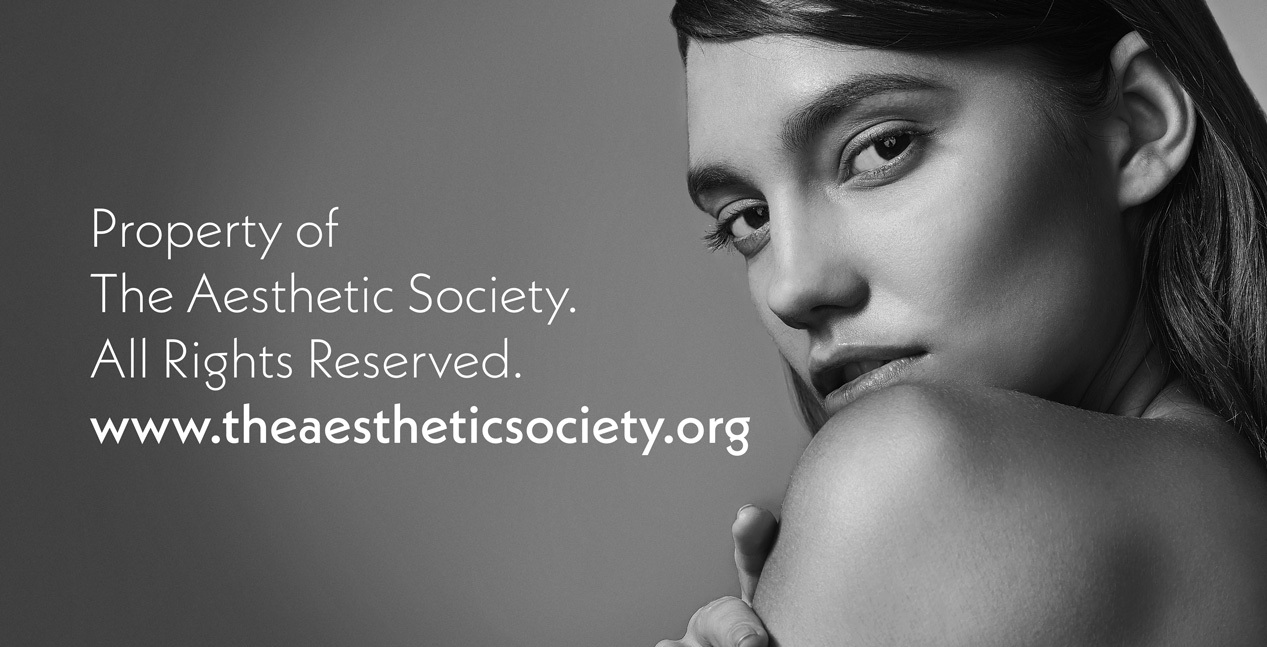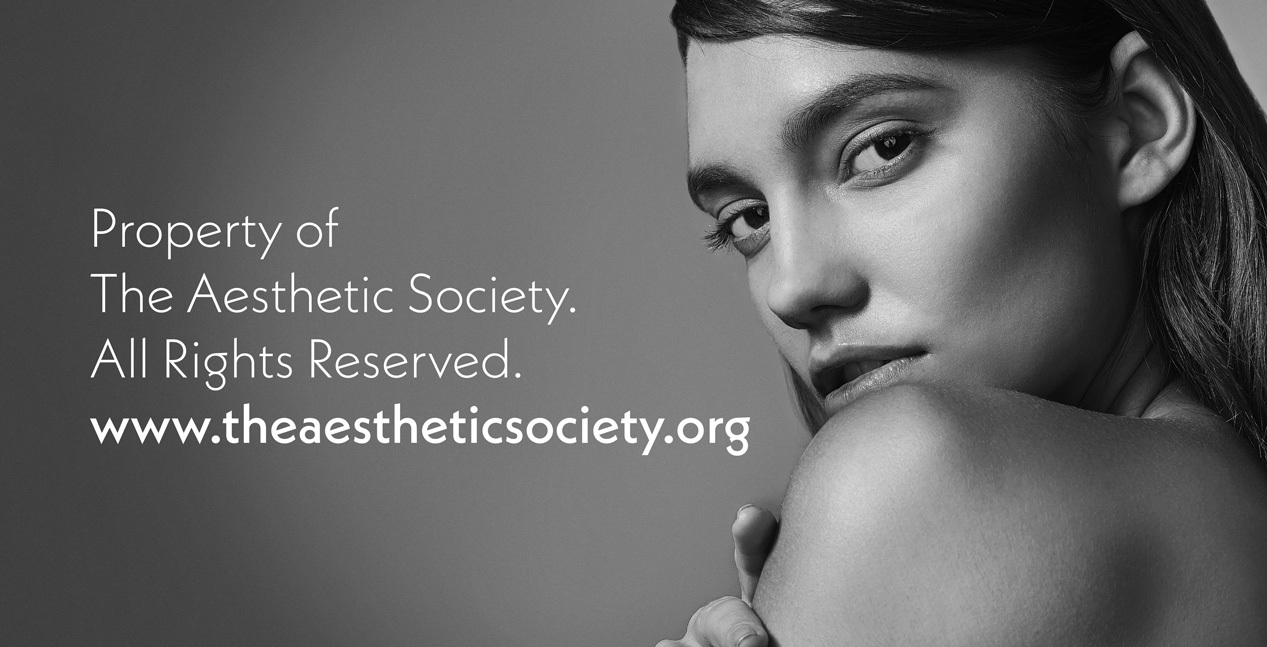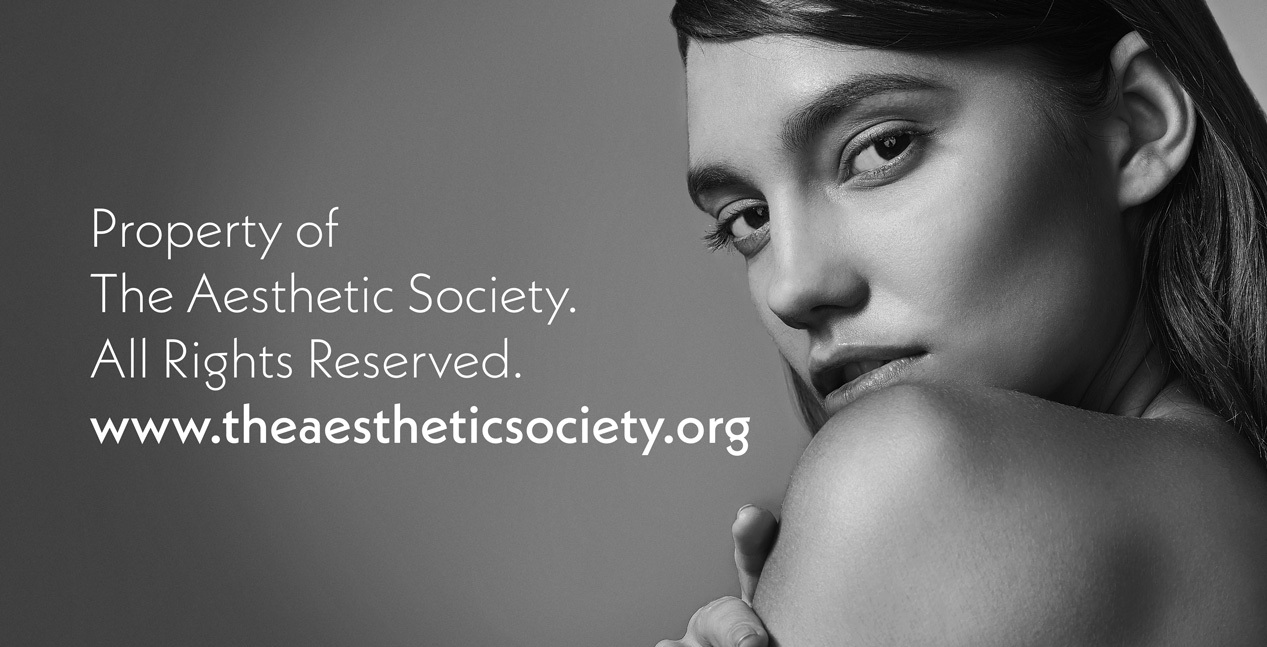Eyelid Surgery
Also known as an eye lift, eyelid lift or blepharoplasty
When to Consider Eyelid Surgery
- If you have excess, hanging skin covering the natural fold of the upper eyelids
- If you have loose skin hanging down from the upper eyelids over the eyelashes
- If your upper and lower eyelids appear puffy, making your eyes look tired and aged
- If you have deep grooves under your eyes
Considerations
Pros
- You will eliminate the puffiness and bags under your lower lids and the hooded skin on your upper lids, making you appear younger and healthier.
- You may no longer have vision problems related to overhanging eyelids.
- Any scars from the eye lift will be hidden in your natural eyelid creases, making them almost indiscernible.
Cons
- It will take time to see results after surgery.
- You’ll likely be bruised and swollen and your eyes may be itchy and dry following the procedure.
- If you have drooping eyebrows or creases in your forehead, you may also need a brow lift.
These are the top three pros and cons to weigh when considering eyelid surgery. If you want to focus on what is unique to you, please consult with your aesthetic plastic surgeon.
Are you a good candidate for eyelid surgery?
The following are some common reasons why you may want to consider eyelid surgery:
- You have excess skin obscuring the natural fold of the upper eyelids
- You have loose upper eyelid skin that impairs your vision
- You have a puffy appearance to the upper eyelids, making your eyes look tired and sad
- You have excess skin and fine, ‘crepe paper’ type lower eyelid wrinkles
- You have bags and dark circles under the eyes
- Your upper eye surface is too small or not smooth enough to apply makeup
If you are in good general health, have a positive attitude and realistic expectations, you are most likely a good candidate for this procedure.
Detailed Procedural Info
How is a eyelid surgery procedure performed?
Eyelid surgery (blepharoplasty) can be performed on your upper eyelids, lower eyelids, or both. Based on a pre-operative evaluation of factors such as your underlying facial muscle structure, bone structure, and the symmetry of your eyebrows, your surgeon will decide how much skin, muscle, and/or fat to remove.
- Your surgeon will make precise markings to indicate where excess tissues will be removed in your upper eyelids and in your lower eyelids.
- In your upper eyelid, your surgeon will make an incision hidden within the natural fold of the upper eyelid.
- In the lower eyelid, the incision will be hidden just below the lower lashes. Alternatively, when excess fat is being removed, the incision can be placed inside the lower eyelid (transconjunctival incision). A laser may sometimes be used in conjunction with this method to tighten lower eyelid skin.
- Your surgeon will remove tissue through these incisions using surgical instruments, including scalpels, surgical scissors, radiofrequency cutting devices, and, sometimes, cutting lasers.
- Sometimes fat may be redistributed in the lower lids to eliminate puffiness or bulges. Your surgeon may make other adjustments to correct special problems such as muscle laxity.
- He or she will then apply sutures or tissue adhesives (glue) to smooth and reconfigure areas around the eyebrows and eyelids. Sutures are invisible to the eye and are commonly self-dissolving. In most cases, there is virtually no detectable scar.
- Less tissue is removed in patients with dry eyes to avoid exposing more of the eye to the air, which can cause symptoms to worsen.
- Your surgeon also may use a laser to enhance the procedure by resurfacing skin and smoothing wrinkles in the eyelid and eyebrow area.
What are my options?
A surgeon who is board-certified in plastic surgery will choose the right procedure for you based on your physical characteristics and aesthetic concerns.
Upper eyelids
Your surgeon will place the incision line at the natural eyelid crease through which he or she will remove excess skin, muscle, and fat. Lasers may be used to remove this excess tissue to reduce swelling and bruising.
Lower eyelids
There are a number of options for performing lower eyelid surgery:
- The traditional approach places the incision just below the eyelashes, trimming and/or repositioning excess skin and fat, and tightening the lower eyelid muscle.
- In the transconjunctival approach, effective in improving lower eyelid bags and puffiness, your surgeon places the incision inside the eyelid. Your surgeon can remove excess fat through a transconjunctival incision, but not excess skin.
- The ‘skin pinch’ blepharoplasty removes only a bit of skin. This is effective if you have strong lower eyelid support and only a little extra skin. In some patients laser resurfacing can both tighten excess skin and remove wrinkles.
- The use of hyaluronic acid (HA) fillers is a nonsurgical alternative for the lower eyelids. Restylane, Juvéderm, and other soft tissue fillers can be injected into the tear trough (crescent-shaped under-eye area) to rejuvenate the appearance of the under-eye area. Results are varied and last approximately six months.
What will my eyelid surgery incisions and scars be like?
Upper eyelid surgery: Your surgeon will mark the natural lines and creases of your lids and keep your scars as hidden as possible along these natural folds. Fine sutures will be used to close the incisions, thereby minimizing scar visibility.
Lower eyelid surgery: In traditional blepharoplasty, your surgeon will make the incision in an inconspicuous site along the lash line and smile creases of the lower lid. In a transconjunctival approach, your surgeon corrects eyelid puffiness caused by excess fat by making an incision inside the lower eyelid. This technique requires no external incision, but it cannot be used to remove excess skin.

A

B

C

D
- Eyelid surgery corrects wrinkled skin on the upper lids and puffy bags under the eye.
- Incisions follow the natural contour lines of your upper and lower eyelids.
- Incisions are stitched closed and will fade and blend into the natural creases.
- After surgery, your appearance is brighter, more alert and rested.
Your initial consultation appointment
During your initial consultation, you will have the opportunity to discuss your cosmetic goals. Your surgeon will evaluate you as a candidate for eyelid surgery and clarify what blepharoplasty can do for you. Once the surgeon understands your goals, he or she may suggest additional or related procedures.
You should come to the consultation prepared to discuss your complete medical history. This will include information about:
- Previous surgeries
- Past and present medical conditions
- Allergies and current medications
It is important to be completely honest during the consultation. Also, bring photos of yourself at an earlier age; they may serve as a good point of reference for discussing your goals. It’s a good idea to be fully prepared to answer these questions:
- What is your history with any noninvasive cosmetic procedures?
- What outcome do you expect from the surgery? What is your chief motivation in undergoing eyelid surgery?
Your surgeon may also:
- Ask you to look in a mirror and point out exactly what you would like to see improved
- Take photos for your medical record, measure your face, and use computer imaging to show you the improvements you can expect
- Evaluate your health status, including pre-existing health conditions or risk factors
- Evaluate the elasticity of your skin
- Discuss your options and recommend a course of treatment
Your treatment plan
Based on your goals, physical characteristics, and the surgeon’s years of training and experience, your surgeon will share recommendations and information with you, including:
- An approach to your surgery, including the type of procedure or combination of procedures
- The outcomes that you can anticipate
- Your financial investment in the procedure
- Associated risks and complications
- Options for anesthesia and surgery location
- What is needed to prepare for the surgery
- What you can expect to experience after surgery
- The doctor will also share before-and-after photos of cases similar to yours and answer any questions
Questions to ask your aesthetic plastic surgeon
It is important for you to take an active role in your surgery, so please use this list of questions as a starting point for your initial consultation.
- Am I a good candidate for blepharoplasty?
- Are the results I am seeking reasonable and realistic?
- Do you have before-and-after photos I can look at for this procedure?
- Will my scars be visible?
- What kind of anesthesia do you recommend for me?
- What will be the costs associated with my eyelid surgery?
- What will you expect of me to get the best results?
- What kind of recovery period can I expect, and when can I resume normal activities?
- What are the risks and complications associated with my procedure?
- How are complications handled?
- What are my options if the cosmetic outcome of my eyelid surgery does not meet the goals we agreed on?
Preparing for Your Procedure
How do I prepare for a eyelid surgery procedure?
Your surgeon will provide you with pre-operative instructions, answer any questions that you may have, take a detailed medical history, and perform a physical exam to determine your fitness for surgery.
- You can expect to be asked detailed questions related to dry eyes, glaucoma, eye-related allergies, and other eye problems. Tell the doctor if you have circulatory problems, thyroid problems, diabetes, or other serious medical conditions. You will be asked about your current medications, including over-the-counter medications. Make sure to tell your doctor about any herbal supplements you take, as some of them may cause bleeding problems.
- Your surgeon will conduct a physical examination, which may include testing your tear production. Special tools may be used to measure parts of your eyelids.
- Expect to have your eyes photographed from different angles. These photos help with planning the surgery and assessing its immediate and long-term effects.
- Your surgeon will discuss your expectations with you. An honest discussion will help determine a satisfactory outcome. Be prepared to talk about your motivation for seeking blepharoplasty and what you hope the results will be. Your surgeon can tell you whether your expectations are in line with typical results.
In advance of your procedure, your surgeon will ask you to:
- Stop smoking at least six weeks before undergoing to promote better healing.
- Avoid taking aspirin, nonsteroidal anti-inflammatory medications (NSAIDs: Advil, Motrin, Aleve), and vitamins/homeopathic regimens that can increase bleeding.
- Regardless of the type of surgery to be performed, hydration is very important. Appropriate hydration before and after surgery is critical for safe recovery and optimal outcomes.
Eyelid surgery is usually performed on an outpatient basis. Be sure to arrange for someone to drive you home after surgery and to stay with you at least for the first night following surgery.
What can I expect on the day of eyelid surgery?
Your eyelid surgery may be performed in an accredited hospital, free-standing ambulatory facility, or office-based surgical suite. Most eyelid procedures take at least one to two hours to complete.
- Medications are administered for your comfort during the surgical procedure.
- Local anesthesia combined with sedation is commonly used during eyelid surgery, though general anesthesia can be used instead.
- For your safety during the surgery, various monitors will be used to check your heart, blood pressure, pulse, and the amount of oxygen circulating in your blood.
- Your surgeon will follow the surgical plan discussed with you before surgery.
- After your surgery is completed, you will be taken into a recovery area where you will continue to be closely monitored.
- After blepharoplasty, a lubricating ointment will be applied to your eyes to protect them and prevent dryness. The ointment may cause temporary blurred vision.
You may leave later that day to recuperate at home. You will need someone to drive you home, and it is a good idea to have someone stay with you the first night.
Aftercare and Recovery
Your surgeon will discuss how long it will be before you can return to your normal level of activity and work. After surgery, you and your caregiver will receive detailed instructions about your post-surgery care, including information about:
- Normal symptoms you will experience
- Potential signs of complication
For the easiest recovery period, have the following items readily accessible at home:
- Ice cubes, ice pack, or freezer bags filled with ice, frozen corn, or peas (based on your surgeon’s recommendation for cold application to the eyelids)
- Small gauze pads
- Eye drops or artificial tears (ask your doctor to recommend the proper type to meet your particular needs)
- Clean washcloths and towels
- Over-the-counter painkillers, which your doctor can recommend, but avoid Advil, Motrin, Naproxen, Aleve, and aspirin due to the increased risk of bleeding
- Plan to stay home from work and limit your activities for a prescribed time after surgery to give your eyelids a chance to heal.
Immediately after eyelid surgery
- You may experience excessive tearing, light sensitivity, and double vision just after the surgery.
- Your incisions will be red and visible at first, and your eyelids may be puffy and feel numb for several days.
- Swelling and bruising, similar to having “black eyes,” will likely last a week or more.
- Your surgeon will probably instruct you to apply ice packs or cold compresses to your eyes to help reduce swelling.
- Pain is usually minimal. You may be given a pain reliever such as acetaminophen (Tylenol or others) for mild discomfort, but remember to avoid aspirin, ibuprofen (Advil, Motrin, or others), naproxen (Aleve), and any other medications or herbal supplements that may increase bleeding.
- If stitches were used, they’ll be removed after three or four days.
If you experience extreme or long-lasting pain or redness and swelling after the surgery, contact your surgeon to find out if these symptoms are normal or a sign of a problem.
Recovery time frame after eyelid surgery
It is vitally important that you follow all post-operative instructions provided by your surgeon. This will include information about bandages, taking an antibiotic if prescribed, and the level and type of activity that is safe. Your surgeon will also provide detailed instructions about the normal symptoms you will experience and any potential signs of complications. It is important to realize that the amount of time it takes for recovery varies greatly among individuals.
The first two weeks
Although you will not have to rest in bed following surgery, you should plan to relax, stay home, and use cold compresses on your eyes on the day of surgery as well as the day after. The amount of time it takes for recovery varies. Here are some helpful guidelines:
- Follow your surgeon’s instructions for care. For the first couple of days following surgery, expect to treat the incisions with ointment to keep them lubricated and place cold compresses on the eyes to reduce swelling. You will be advised to use eye drops to keep the eyes from drying. If you have dry eyes lasting more than two weeks, contact your doctor.
- Sleep with your head raised higher than your chest. You can use regular pillows, wedge pillows, or sleep on a recliner. Minimize swelling and bruising by keeping your head elevated as much as possible during the first few days of recovery.
- After upper and lower blepharoplasty surgery your eyelids will typically feel tight. You can treat soreness with acetaminophen. Significant bruising typically occurs, but will resolve within two weeks.
- Avoid straining, heavy lifting, swimming, and strenuous activities, such as aerobics and jogging, for ten to fourteen days. Specifically, you should avoid activities in which you must move your head abruptly or that increase the blood pressure in your head. This restriction includes, but is not limited to, bending over, which causes your head to be lower than your heart, and lifting objects heavy enough to cause you to strain. This restriction may apply for three to four weeks.
- You may notice that your eyes tire easily for the first several weeks of the recovery period. Take frequent naps. Avoid activities that may dry the eyes, including reading, watching television, wearing contacts, and using a computer.
- For the first two weeks after your surgery, wear dark sunglasses to protect the eyes from irritation caused by sun and wind.
- Your plastic surgeon will remove the stitches between two and seven days after your eyelid surgery.
- You may feel well enough to resume normal activities around the tenth day of recovery.
- Seek medical attention immediately if you experience shortness of breath, chest pains, an unusual heart rate, new pain, bleeding, or visual disturbance.
How Long Will the Results Last?
Your eyelid surgery results should be long-lasting. For the most part, removal of hooding and upper eyelid skin is a procedure that is performed only once. As aging continues, your brow can drop or descend, causing excess skin to reappear on the upper eyelid, but in this case the solution is a brow lift, not a second upper blepharoplasty. Lower blepharoplasty is usually performed to remove eye bags and puffiness around the eyes, and it too should only need to be performed once.
Maintain a relationship with your aesthetic plastic surgeon
For safety as well as the most beautiful and healthy outcome, it’s important to return to your plastic surgeon’s office for follow-up evaluation at prescribed times and whenever you have any questions about your eyelid surgery healing and results. Do not hesitate to contact your surgeon when you have any questions or concerns.
Associated Costs
The cost of eyelid surgery varies from doctor to doctor, from one geographic area to another, and with surgical technique.
See the national average for physician fees per procedure.
These numbers only reflect the physician/surgeon fees last year and do not include fees for the surgical facility, anesthesia, medical tests, prescriptions, surgical garments, or other miscellaneous costs related to eyelid surgery.
Because eyelid surgery is an elective cosmetic surgery, insurance does not cover these costs. Many surgeons offer patient financing plans to make the procedure more affordable.
Choose your surgeon based on quality, training, and experience—not cost.
See why ASAPS members are widely recognized for upholding the highest standards in the area of aesthetic plastic surgery by viewing their basic credentials, training, and certifications.
Limitations and Risks
Fortunately, significant complications from eyelid surgery are infrequent. Every year, thousands of people undergo successful eyelid surgery and are pleased with the results. Blepharoplasty procedures, which remains the gold standard for eyelid rejuvenation, are usually performed without any major problems.
All surgical procedures have some degree of risk. Some of the potential complications of all surgeries are:
- Adverse reaction to anesthesia
- Hematoma or seroma (an accumulation of blood or fluid under the skin that may require removal)
- Infection and bleeding
- Changes in sensation
- Scarring
- Allergic reactions
- Damage to underlying structures
- Unsatisfactory results that may necessitate additional procedures.
You can help minimize certain risks by following the advice and instructions of your board-certified plastic surgeon, both before and after your eyelid surgery.

